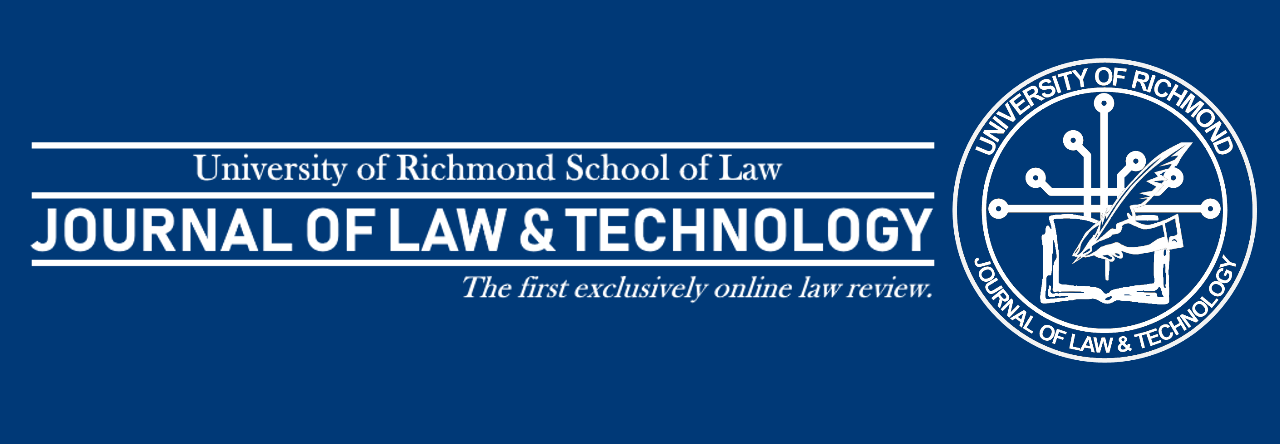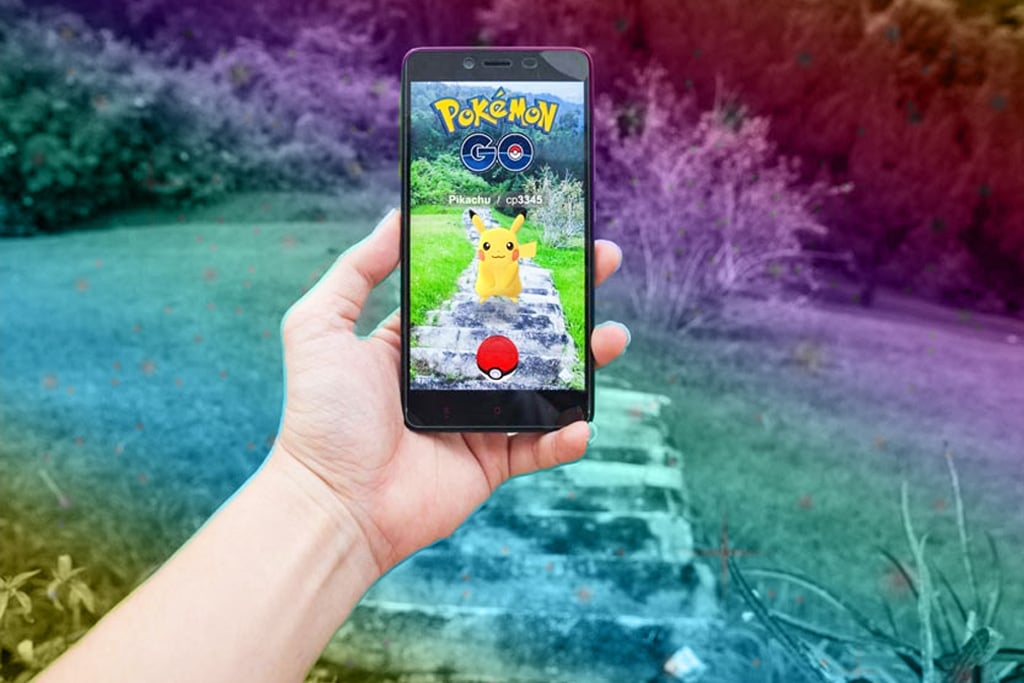By: Dylan Phillips

Image Source: http://pixelvulture.com/2019/07/stolen-phone/
In modern times, cell phones have moved from being mere communication devices to integral parts of our lives.[1] We use them for everything from buying Starbucks to creating memes with pictures we have taken. With each usage of a phone, there is a vast amount of valuable data being stored on the device itself and in the cloud.[2] News stories have recently focused a significant amount of time on the value of this data when it is stolen,[3] but an aspect that has had little, if any prior consideration, is whether an individual retains a property interest or right to the data he or she produces on a device after he or she steals a digital device. Thus, the question presented is whether an individual who steals and adds data to a phone, has the right to avoid the data added to the phone from being searched by law enforcement without a warrant.[4]
Generally, a warrantless search of a cell phone is not a permissible act by law enforcement.[5] The United States Supreme Court has held that “Our answer to the question of what police must do before searching a cell phone seized incident to an arrest is accordingly simple—get a warrant.”[6] However, the question may not be so simple in all circumstances.[7] As of now, the Court has not definitively established whether there is an exception to this rule for data added to stolen property. Should a situation, such as a challenge to one’s constitutional right to not have a phone’s data searched without a warrant,[8] come before the Court, it is most likely that the Court will find that one does not have standing to establish prejudice of a search, when the evidence gathered as a consequence of a search and seizure is directed at someone else and he or she cannot prove that the invasion is of his or her own privacy through his or her property.
When considering the constitutionality of a search, “reasonableness is always the touchstone of Fourth Amendment analysis.”[9] In the absence of a warrant, a search is reasonable only if it falls within a specific exception to the warrant requirement.[10] The Court has held that the search incident to arrest exception does not apply to cell phones to avoid the warrant requirement.[11] However, the Court has also held that the continued availability of the exigent circumstances exception may give law enforcement a justification for a warrantless search in particular cases.[12] Regardless of whether exigent circumstances apply to this matter, the Court has declined standing to petitioners by holding that “Fourth Amendment rights are personal rights, which, like some other constitutional rights, may not be vicariously asserted.”[13] “A general rule has developed, stating that a person’s interest in his or her possession of stolen property is not a legitimate expectation of privacy society is willing to recognize as reasonable.”[14]
For example, the Court found that Petitioners had no legitimate expectation of privacy in areas of a car in which they claimed no property or possessory interest.[15] Moreover, in Hicks v. State, the court found no reasonable expectation of privacy concerns when the police looked at the contents of a stolen laptop in the defendant’s possession.[16] Additionally, a thief may not claim that the property is now abandoned by the actual owner of the phone because of the requirement of voluntary relinquishment; a bad act preceding the relinquishment, like theft or police misconduct, can render the abandonment involuntary.[17]
Here, however, the question is not whether there is an exception of privacy regarding the device’s data in general, but rather of the data added to the device after the theft. Should the Court ever directly address the issue of who maintains property rights to the data added by a thief to a stolen phone, the Court would most likely find that the public policy goals of discouraging theft and hacking far outweigh the idea of providing a transgressor a benefit for his or her bad act. However, because the Court has found that these transgressors lack standing to challenge such a search, the Court has yet to rule whether one’s potential property rights have been infringed upon, after a warrantless search when cellular phones are used by a thief. Thus, because no one has yet been ruled to have standing to challenge the warrantless search of stolen property, the question of whether a thief of a phone still has the right to privacy in the data the thief inputted in the phone remains unanswered by the Court.
[1] See generally Riley v. California, 573 U.S. 373, 385 (2014) (“[M]odern cell phones . . . are now such a pervasive and insistent part of daily life that the proverbial visitor from Mars might conclude they were an important feature of human anatomy”).
[2] See generally Future Mobile Data Usage and Traffic Growth, Ericsson, https://www.ericsson.com/en/mobility-report/future-mobile-data-usage-and-traffic-growth (last visited Sept. 5, 2019) (displaying current and predicted future data usage).
[3]See, e.g., Robert McMillan, How the Accused Capital One Hacker Stole Reams of Data From the Cloud, Wall St. J. (Aug. 4, 2019),https://www.wsj.com/articles/how-the-accused-capital-one-hacker-stole-reams-of-data-from-the-cloud-11564911001; Rachel Siegel, Florida City Will Pay Hackers $600,000 to Get Its Computer Systems Back, Wash. Post (June 20, 2019), https://www.washingtonpost.com/business/2019/06/20/florida-city-will-pay-hackers-get-its-computer-systems-back/.
[4] The right referred to in this post is the right granted by the Fourth Amendment. See U.S. Const. amend. IV (“The right of the people to be secure in their persons, . . . and effects, against unreasonable searches and seizures, shall not be violated, and no Warrants shall issue, but upon probable cause, . . . and particularly describing the place to be searched, and the persons or things to be seized”).
[5] See Riley, 573 U.S. at 376 (noting that the danger of destruction of evidence through remote wiping or hurting an officer are not concerns sufficient to surpass the warrantless search rule and so cell phones cannot be constitutionally searched without a warrant); see also id. at 382 (stating “warrantless searches incident to arrest occur with far greater frequency than searches conducted pursuant to a warrant) (citing 3 W. LaFave, Search and Seizure §5.2(b), p. 132, and n. 15 (5th ed. 2012)).
[6] Riley, 573 U.S. at 403.
[7] See generally Timbs v. Indiana, 139 S. Ct. 682, 690-91 (2019) (stating, “without separately considering incorporation, that States’ warrantless search of digital information stored on cell phones ordinarily violates the Fourth Amendment”) (citing Riley, 573 U.S. 373). By mentioning the word “ordinarily,” it is implied that there are exceptions to this rule, just as with all legal rules, thus, the rule may not be so “simple.”
[8] U.S. Const. amend. IV.
[9] Birchfield v. North Dakota, 136 S. Ct. 2160, 2186 (2016); Brigham City v. Stuart, 547 U.S. 398, 403 (2006).
[10] See Kentucky v. King, 563 U.S. 452, 459-460 (2011).
[11] See Riley, 573 U.S. at 376.
[12] See id.
[13] Rakas v. Illinois, 439 U.S. 128, 133-34 (1978) (citations omitted).
A person who is aggrieved by an illegal search and seizure only through the introduction of damaging evidence secured by a search of a third person’s premises or property has not had any of his Fourth Amendment rights infringed. And since the exclusionary rule is an attempt to effectuate the guarantees of the Fourth Amendment, it is proper to permit only defendants whose Fourth Amendment rights have been violated to benefit from the rule’s protections. There is no reason to think that a party whose rights have been infringed will not, if evidence is used against him, have ample motivation to move to suppress it.
See also Brown v. United States, 411 U.S. 223, 230 (1973); Simmons v. United States, 390 U.S. 377, 389 (1968); Wong Sun v. United States, 371 U.S. 471, 492 (1963); cf. Silverman v. United States, 365 U.S. 505, 511 (1961); Gouled v. United States, 255 U.S. 298, 304 (1921).
[14] Shaver v. Commonwealth, 30 Va. App. 789, 798 (1999); see Brown, 411 U.S. at 230 n.4; see also United States v. Hensel, 672 F.2d 578 (6th Cir. 1982); United States v. Hargrove, 647 F.2d 411 (4th Cir. 1981); Smith v. Garrett, 586 F. Supp. 517 (N.D.W.Va. 1984); McMillian v. State, 65 Md. App. 21 (Md. App. 1985); People v. Mercado, 114 A.D.2d 377 (N.Y.S.2d 1985); Sanborn v. State, 251 Ga. 169 (Ga. 1983); State v. Hamm, 348 A.2d 268 (Me. 1975)).
[15] See Rakas, 439 U.S. at 128.
[16] See Hicks v. State, 929 So. 2d 13, 14 (2006); see generally Shaver, 30 Va. App. at 799 (1999) (providing examples of a lack of standing to argue privileges under the Fourth Amendment); see e.g., United States v. McCambridge, 551 F.2d 865, 870 n.2 (1st Cir. 1977) (finding that a defendant had no standing to challenge the search of a stolen suitcase because he did not have an ownership interest or other rights to it); Josephs v. Commonwealth, 10 Va. App. 87, 98 (1990) (en banc) (finding that a passenger in a stolen vehicle had no expectation of privacy in that vehicle); Commonwealth v. Strickland, 707 A.2d 531, 534 (Pa. Super. 1998) (finding the search of the vehicle that the defendant was driving was permissible because the defendant could not establish a legally cognizable expectation of privacy in that which was stolen); State v. Hamm, 348 A.2d 268, 273 (stating that society is unwilling to recognize as reasonable a thief’s expectation of privacy in stolen property); Graham v. State, 47 Md. App. 287, 295 (Md. App. 1980) (holding that the court will not recognize a thief’s expectation of privacy in a stolen backpack and moped)).
[17] See State v. Dixon, No. 13-09-00445-CR, 2010 WL 3419231, at *18-19 (Tex. App. Aug. 27, 2010) (holding that a cell phone could not be abandoned because the phone was stolen and the owner accordingly did not intentionally relinquish ownership of the device even though he did not try to reclaim his phone for weeks after the theft). But see, People v. Schutter, 249 P.3d 1123, 1126 (Colo. 2011) (en banc) (holding that an iPhone accidentally locked in a public restroom that the defendant could not retrieve without a store employee was not abandoned, and, therefore, “[a]ssuming, without deciding, that the Fourth Amendment could tolerate, under some set of circumstances, some kind of warrantless examination of a cell phone to ascertain how it might be returned to its owner, this case cannot present that set of circumstances”).






 Image source: https://junkee.com/pokemon-go-still-thriving/196317
Image source: https://junkee.com/pokemon-go-still-thriving/196317
